6 new functions for simulating
Additive Manufacturing (3D metal printing)
With automation and assisted functionality as well as even better ease-of-use, the new version of Simufact Additive is convincing.
New automation and assistant functionality for even better ease-of-use
Automatic part distortion compensation
Valid support structures as the key for productive 3D print
Considering more physical effects for achieving even higher results quality
AM process chain: Increased interoperability
Identify local effects in the build space and calibrate your printed part by user defined calibration
1) New automation and assistant functionality
Simufact Additive comes with a workflow-oriented user interface, which our customers report as the best-in-class GUI. Version 4 further strengthens the ease-of-use approach with new functionality, which efficiently guides the user through the simulation process workflow and supports him with new automation and assistant functionalities such as.
- Automated distortion compensation
- Automated support optimization
- Best-fit-method for comparison of simulation results and reference models
- Build orientation assistant
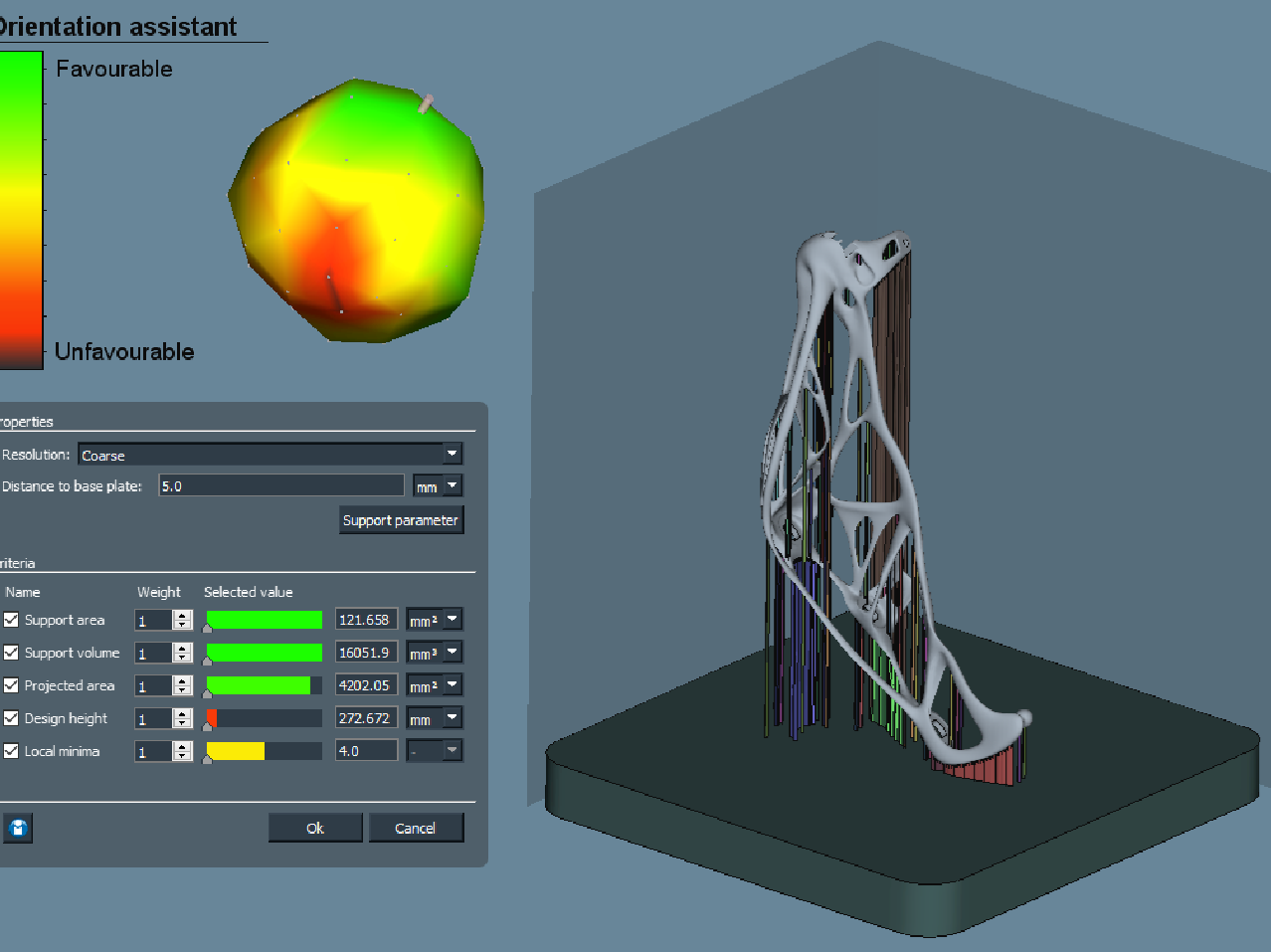
2) Automatic part distortion compensation
The most crucial issue in Additive Manufacturing is the part distortion due to thermal effects.
While previous versions of the software only detected the distortion, Simufact Additive is now able to use a powerful automatic compensation in order to reduce such a distortion.
This happens through iterative steps until the distortion meets the required geometrical tolerances. This useful and beneficial functionality goes hand in hand with automatic support of the best build orientation and new concepts in support generation.
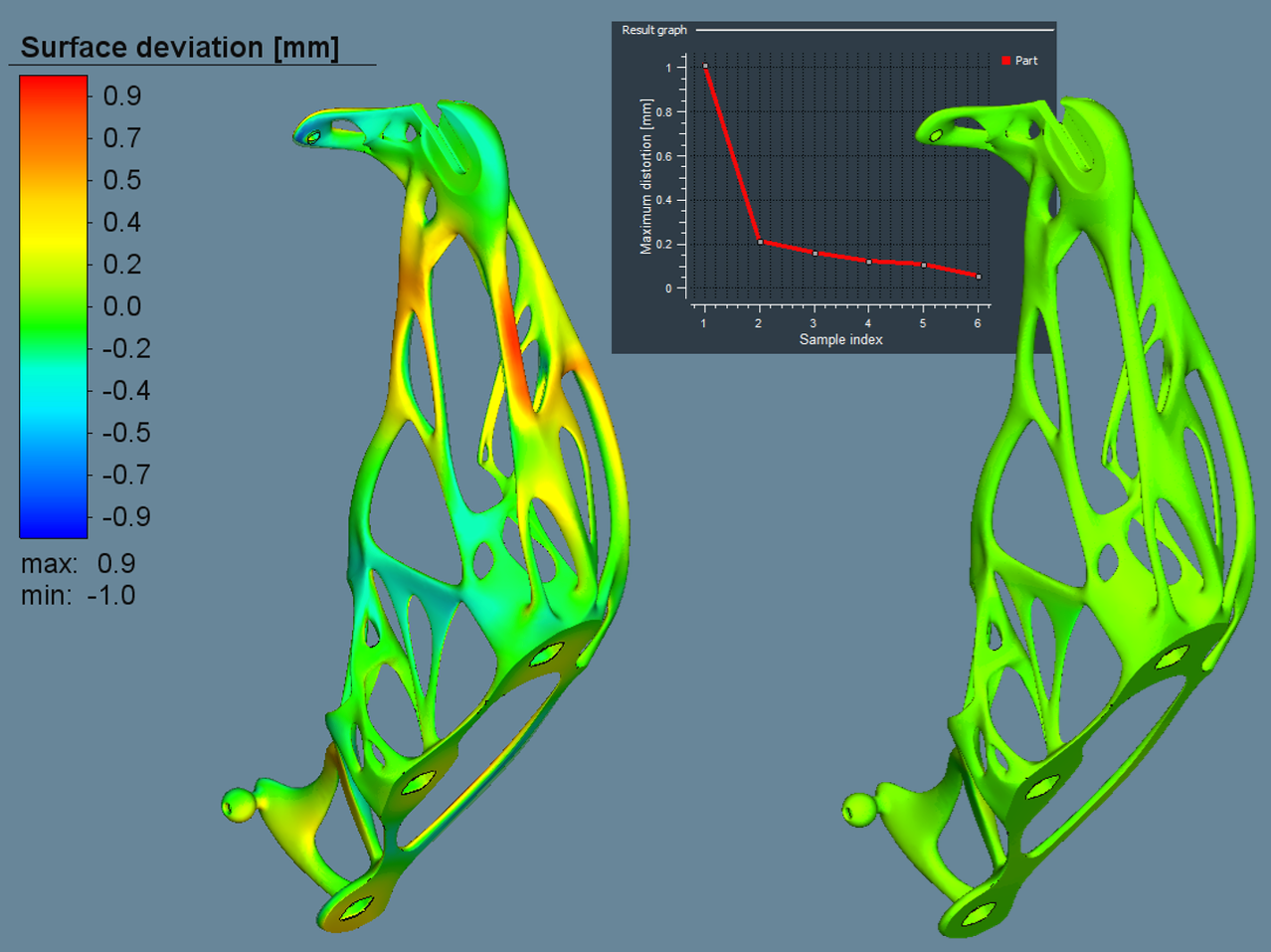
3) Optimizing supporting structures - the key to productive 3D printing
Another challenge with the Additive Manufacturing process is the optimization of the supporting structures in terms of design, position and quantity.
This directly influences the productivity and efficiency of the entire process. Therefore, Simufact Additive 4 is delivered with an optimization feature that automatically determines the optimal setup for support structures.
Not only can the result be used to run virtual tests within Simufact Additive based on Simufact support structures.
However, the newly implemented feature can also be used as the basis for generating Magics support based on Materialize proven technology.
Finally, the knowledge and insights gained during simulation can be transferred to third party software such as Materialize Magics, Renishaw's QuantAM or other 3D printer software.
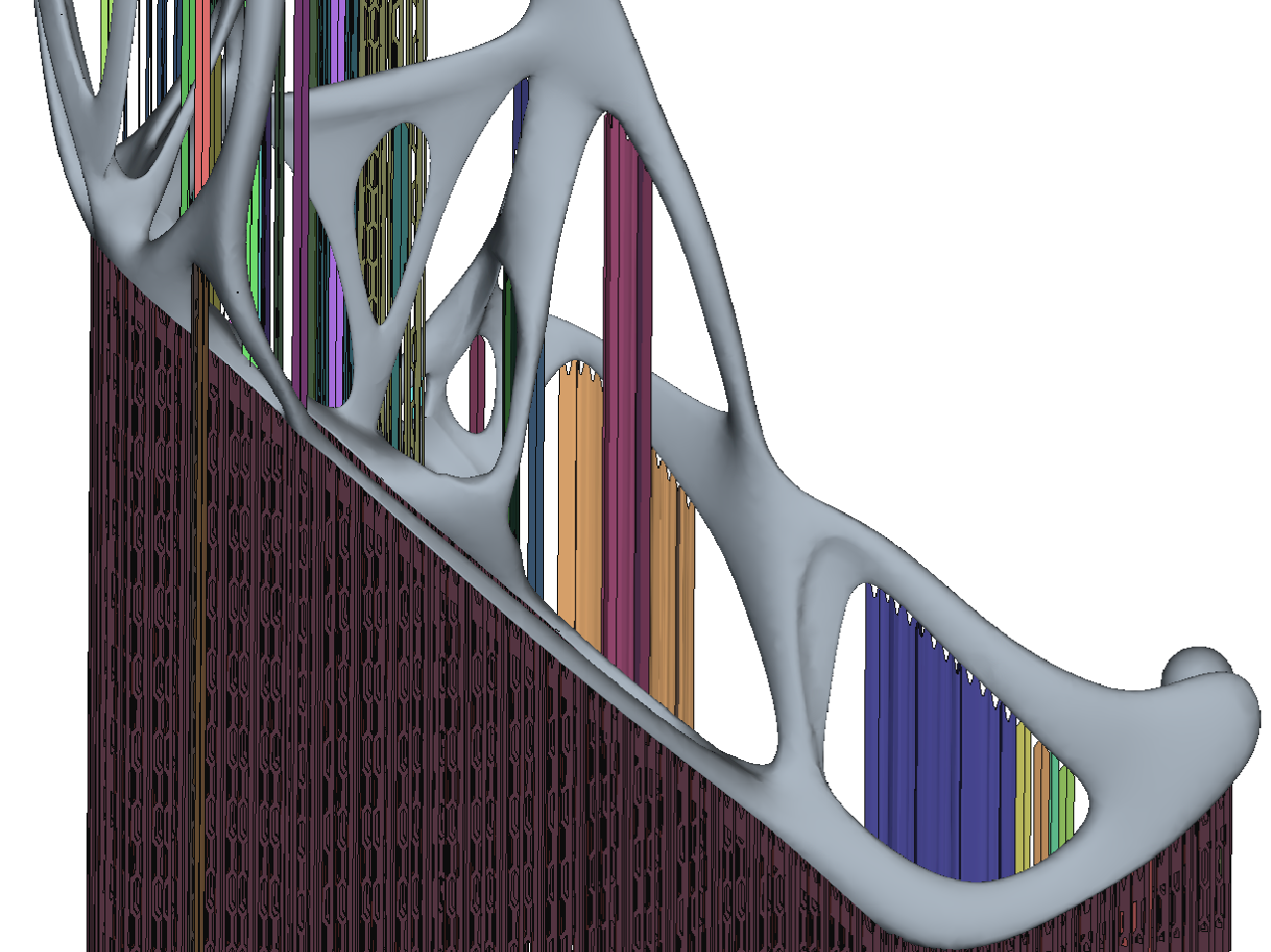
4) Further physical effects to achieve even higher quality results
3D printing processes are characterized by quite complex physical boundary conditions. Normally, not only a part is printed, but it is also part of a collection, thus affecting each other. With Simufact Additive version 4, the software achieves greater precision and more realistic modeling.
The other exciting functionality for achieving more precision is the definition of spatially dependent process parameters. This is done on the basis of a new, flexible and powerful concept of data calibration for collecting the built-in load parameters.
Any company can customize its own individual simulation environment with predefined or custom structures that are modeled and arbitrarily located within the print area.
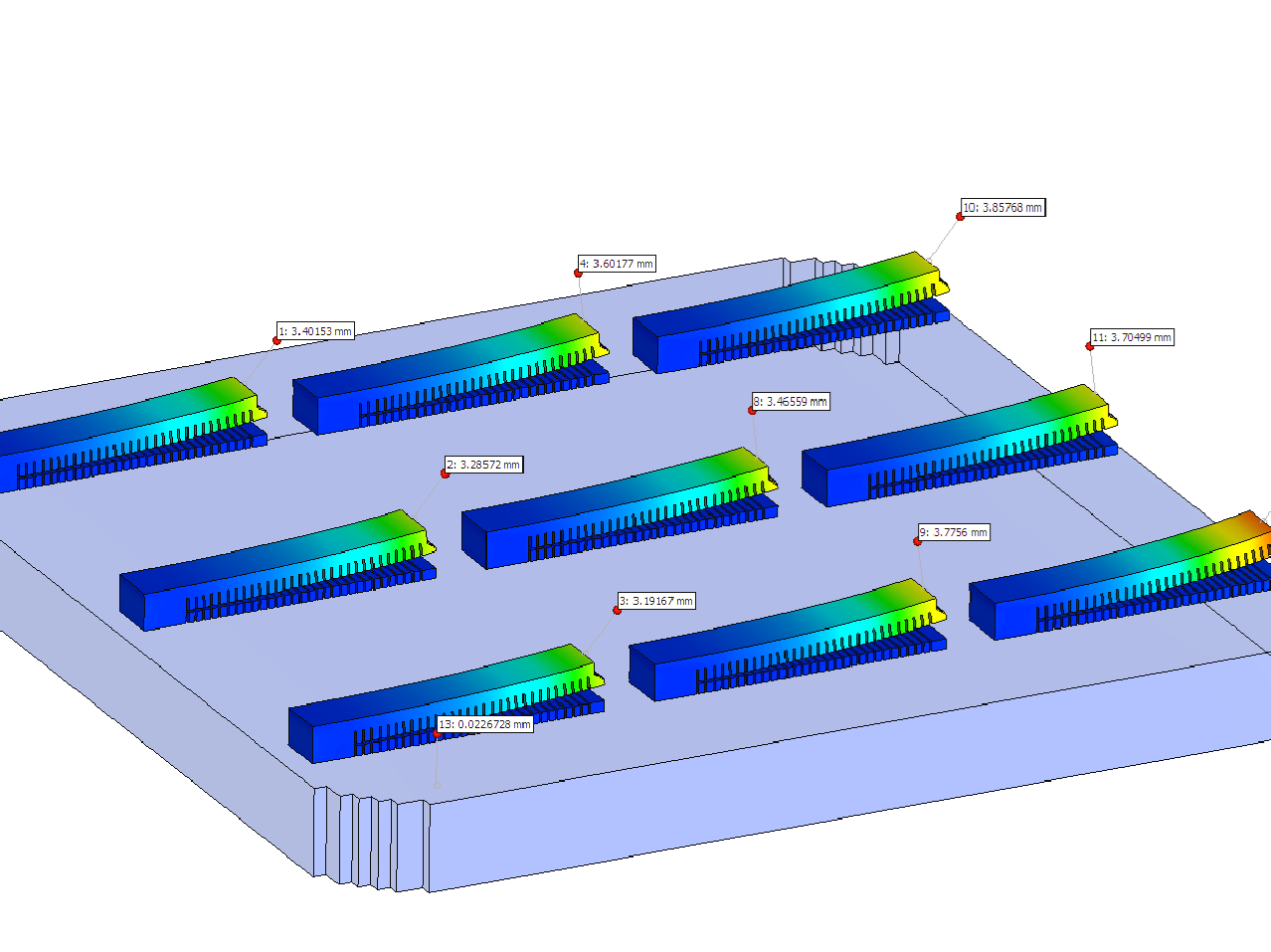
5) AM process chain: Increased data exchange
By subsequently analyzing the printed part, for example structure or life cycle simulation, the optimal manufacturing process is achieved. The quality of the so-called part-performance analysis is naturally dependent on the physical status immediately after the manufacturing process.
Simufact Additive can now be connected to third party software, mapping relevant volume parameters and transferring them through a flexible universal file from process simulation to structural analysis.
Since the first generation of Simufact Additive, Simufact has included data exchange for the printer software from many machine providers such as. Renishaw's QuantAM and Materialise Magics.
 (2).png&Format=png&Width=1278&Height=957&Quality=75)
6) Identify local effects in the print area and calibrate the printed part by custom calibration
A proper calibration is crucial to get accurate results from the simulation.
The essential data required to achieve easier and faster calibration, either mechanically, thermomechanically or thermally, is already predefined in the user interface (GUI). Including the geometry of the supporting structures, uniform and isotropic material structures, the measurement point and the cutting phase.
From now on, users can customize these calibration parameters based on their requirements. Additionally, users can also calibrate their geometry with respect to spatially dependent process parameters. Calibration also allows import of custom geometries and inclusion of the base plate during calibration.
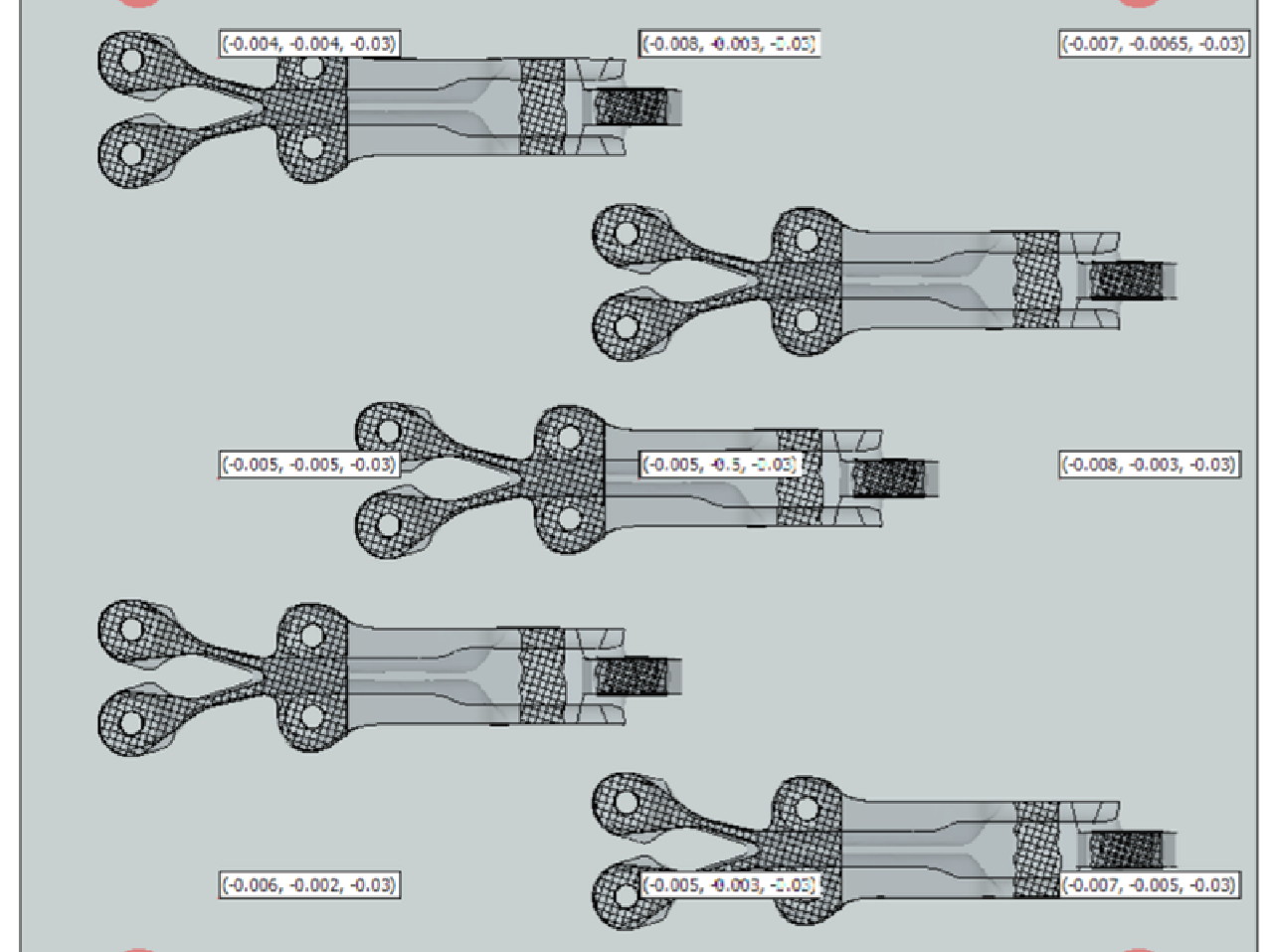
Do you want a demonstartion of Simufact?
Please feel free to contact us for a demonstration of Simufact - online or at your offices.

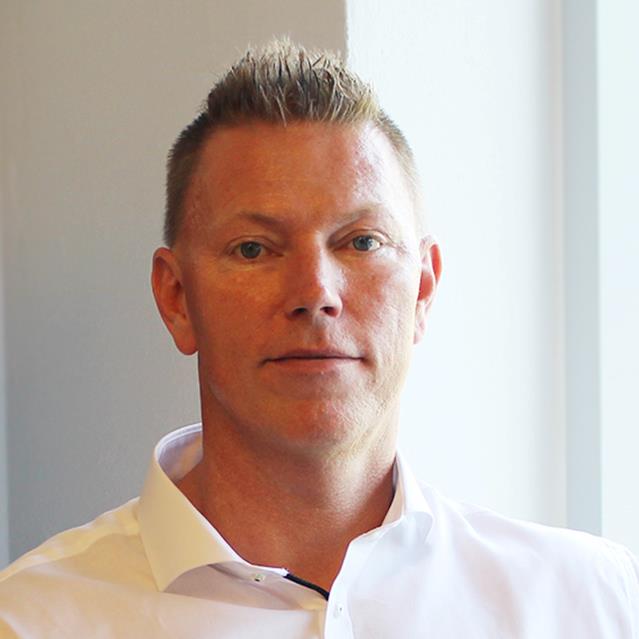
Please call me up!
Leave your details and we will call you back as soon as we can.
